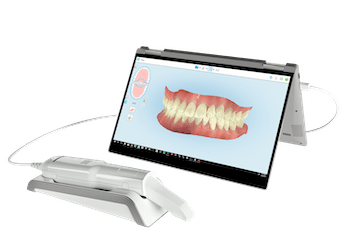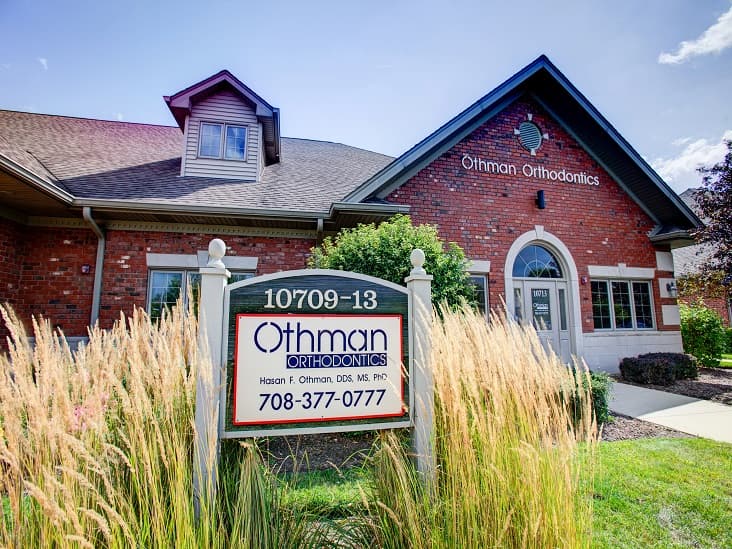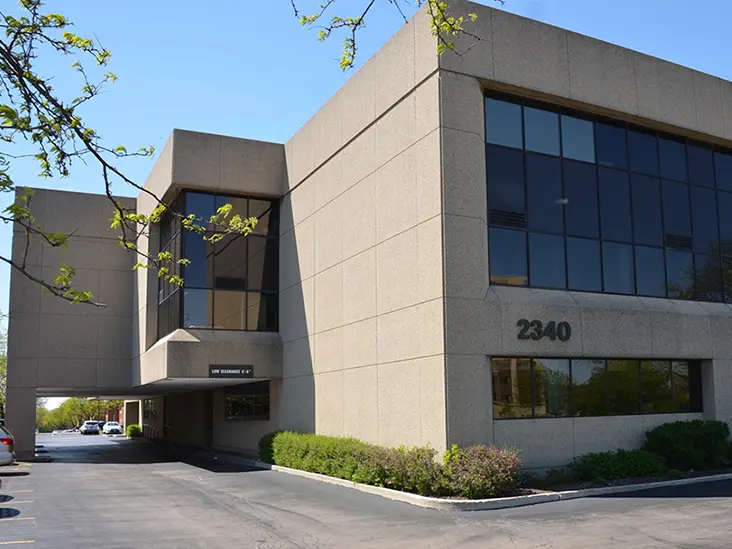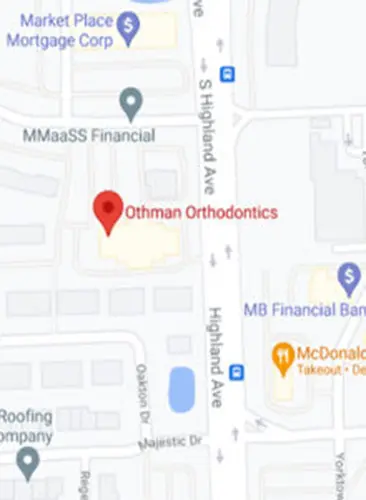Embracing the Future: Digital Scanning Technology at Othman Orthodontics
Table of Contents
- Introduction
- The Advantages of Digital Scanning
- How Digital Scanning Works
- Key Takeaways
- Frequently Given Answers and Questions (FGAQ)
1. Introduction
At Othman Orthodontics, we are at the forefront of technological innovation in dental care, particularly in the field of orthodontics. Our latest advancement involves the integration of digital scanning technology into our practice. This cutting-edge tool allows us to capture a full, detailed scan of our patients’ teeth in under two minutes. The implications of this technology are vast, enabling us to craft personalized treatment plans with unprecedented precision and efficiency.
2. The Advantages of Digital Scanning
Digital scanning technology offers a multitude of benefits over traditional impression methods. Here are some of the key advantages:
- Speed and Comfort: Our digital scanners can complete a full scan of the teeth quickly, typically in less than two minutes, enhancing patient comfort and reducing chair time.
- Accuracy: Digital scans produce highly accurate and detailed images of the teeth, allowing for more precise treatment planning and appliance fabrication.
- Versatility: The scans are instrumental in creating a variety of orthodontic appliances, including clear aligners like Invisalign, as well as expanders and retainers.
- Convenience: With digital impressions, we can instantly upload the data to our lab via a secure online link, significantly speeding up the fabrication process of orthodontic appliances and eliminating the wait times associated with traditional mail delivery.
- Environmental Impact: By eliminating the need for disposable impression materials and reducing the physical storage space for molds, digital scanning is a more environmentally friendly option.
Customization to Patient Needs
Understanding that each patient’s needs are unique, Othman Orthodontics utilizes multiple types of scanners to ensure the best fit for everyone. The Invisalign iTero scanner is preferred for most adult patients and those undergoing various Invisalign treatments. For our younger patients, we opt for the CS3800 scanner, which features a smaller head for a more comfortable scanning experience.
Digital scanning technology in orthodontics not only streamlines the diagnostic and treatment planning process but also significantly enhances the patient experience. By providing a detailed, accurate, and comfortable alternative to traditional impressions, digital scanning is setting a new standard in orthodontic care.
3. How Digital Scanning Works: A Closer Look
Digital scanning in orthodontics represents a significant leap forward from traditional dental impression techniques. This non-invasive, highly accurate method involves creating a digital map of the patient’s mouth, offering a myriad of benefits for both the orthodontist and the patient. Here’s a step-by-step breakdown of the process:
Step 1: Preparation
Unlike traditional impressions that require physical molds, digital scanning requires minimal preparation. The patient is seated comfortably in the dental chair, and there is no need for the application of any taste-unpleasant alginate substances. The orthodontist or a trained dental technician ensures that the oral cavity is clear and ready for scanning.
Step 2: Scanning Process
The digital scanning device, equipped with a small, handheld wand, is the centerpiece of this technology. This wand is connected to a computer system that displays the images in real time. The orthodontist or technician gently moves the wand around the patient’s mouth, including all surfaces of the teeth and the gum line. The wand emits a safe, laser or LED light to capture thousands of high-resolution images or video frames per second.
As the wand captures these images, sophisticated software stitches them together in real-time to create a three-dimensional model of the patient’s mouth. This process is remarkably fast, taking as little as two minutes to complete a full mouth scan. Throughout this process, the patient can breathe and swallow normally, significantly reducing discomfort and the gag reflex often associated with traditional impressions.
Step 3: Creating the Digital Model
The digital images are compiled to construct a highly detailed 3D model of the patient’s oral anatomy. This model is displayed on a computer screen, allowing the orthodontist to review it from every angle, zoom in on specific areas, and assess the patient’s orthodontic needs with unparalleled precision.
Step 4: Treatment Planning and Appliance Fabrication
With the digital model, orthodontists can simulate treatment outcomes, make adjustments, and plan the orthodontic treatment with a level of accuracy that was not possible with traditional methods. This digital model can be shared electronically with dental labs, where custom orthodontic appliances such as Invisalign aligners, retainers, or other devices are fabricated with precision to fit the patient’s unique dental anatomy perfectly.
Step 5: Secure Sharing and Storage
Digital scans can be securely stored in the patient’s digital health record, taking up far less physical space than traditional molds. They can also be easily shared with other dental professionals or labs via secure digital links, facilitating collaboration and speeding up the treatment process.
4. Key Takeaways
- Innovative Technology: Othman Orthodontics is leading the way in orthodontic care by incorporating digital scanning technology into our practice.
- Enhanced Patient Experience: Digital scans are quick, comfortable, and accurate, ensuring a positive experience for all our patients.
- Customized Treatment Plans: The precision of digital scans allows for the creation of highly individualized treatment plans and orthodontic appliances.
- Efficiency: The ability to directly upload scans to our lab cuts down on waiting times, allowing patients to begin their treatment sooner.
5. Frequently Given Answers and Questions (FGAQ)
Q: Is the digital scanning process painful?
A: No, the process is completely painless. The scanner is a non-invasive tool that simply takes images of your teeth.
Q: How accurate are digital scans compared to traditional impressions?
A: Digital scans are significantly more accurate. They capture every detail of the teeth’s structure, ensuring that the appliances made are a perfect fit.
Q: Can digital scans be used for all types of orthodontic treatments?
A: Yes, digital scans are versatile and can be used to plan and execute a wide range of orthodontic treatments, from braces to clear aligners.
Q: How long does it take to get an orthodontic appliance after a digital scan?
A: Since the scans are uploaded directly to our lab, the turnaround time is significantly reduced. Patients can often start their treatment within a few days after the scan.
For more information on how digital scanning technology is revolutionizing orthodontic care, or to schedule an appointment, visit othmanorthodontics.com.




